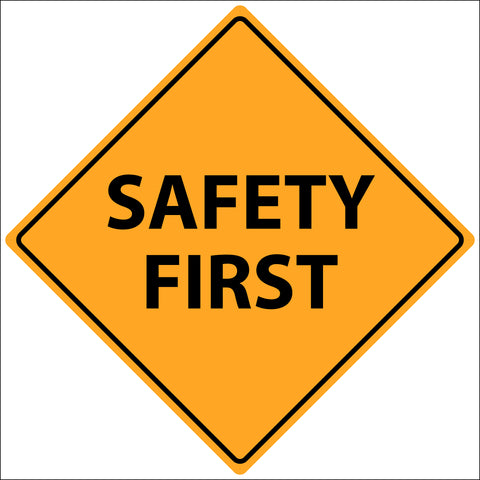The WaveWall Blog
Are SAR ratings still relevant to today’s mobile phones?
The extent to which mobile phone radiation is harmful is still being investigated, although there is already irrefutable evidence that it does harm at least some of the organs in our bodies. And there are few people who would argue against the proposition that absorbing too much radiation is a bad thing. So it is not surprising that the public take mobile phone SAR ratings very seriously, and are keen to learn as much as possible about the models they are considering buying. For many prospective buyers, a phone’s SAR classification (SAR stands for ‘Specific Absorption Rate’) is more than just another specification to be considered alongside battery life and how many megapixels the phone’s camera has.
Are these buyers right to give the SAR such weight? You certainly can ignore the SAR rating if you want to; just as some people choose to smoke twenty cigarettes a day, or drink a litre of whisky each week, there are others who choose not to worry about mobile radiation.

But on a scale of 1-10, for most people, the case colour, screen size and number of megapixels pale into insignificance compared with how safe the phone is to use.
That’s not to say that SAR ratings are perfect. It’s a sign of rapid technological change that the SAR standards adopted in 1996 are already considered by many to be hopelessly out of date. Certainly, mobile phones have developed hugely since then, with antenna, battery technology and screens all changed beyond recognition. And understanding that mobile phone radiation is harmful, manufacturers have worked to make their phones ‘cleaner’ in terms of their radiation emissions.
But that hasn’t removed the risk mobile phones pose to our health. In fact, the opposite has occurred. The explosion of texting, email, mobile shopping, GPS and a host of other functions, means we rarely put our phones down for long. Because we use our phones far more now than we did then, the potential for radiation being absorbed is that much higher.
Bear in mind also that SAR ratings were designed around adults of 1.82 m (6ft) tall, 100kg (220 lbs) in weight and with a 5kg (11 lb) head. Children and small adults are a very poor fit for this model. Because they receive a similar volume of radiation as a large adult, they absorb far more radiation per kg than the SAR suggests. This is exacerbated further by children’s thinner skulls, which make their brains even more vulnerable.
Remember too that where and how you carry your phone will also affect the amount of radiation you absorb. Manufacturers often warn that you should not keep your phone too close to your body. The SAR calculations assume that you keep it at at least a centimetre away (approaching half an inch.) In reality, most people carry their phone in a trouser pocket or similar, where it is far closer than this, meaning that far more radiation will be absorbed.
SAR is therefore not perfect as a method of measuring safety. But it is the only method at present that we have. And for all its faults, it does remain a useful guide to a phone’s relative safety. In any given situation, a phone with a high SAR is a higher risk than one with a low SAR.
You may also be interested in…
